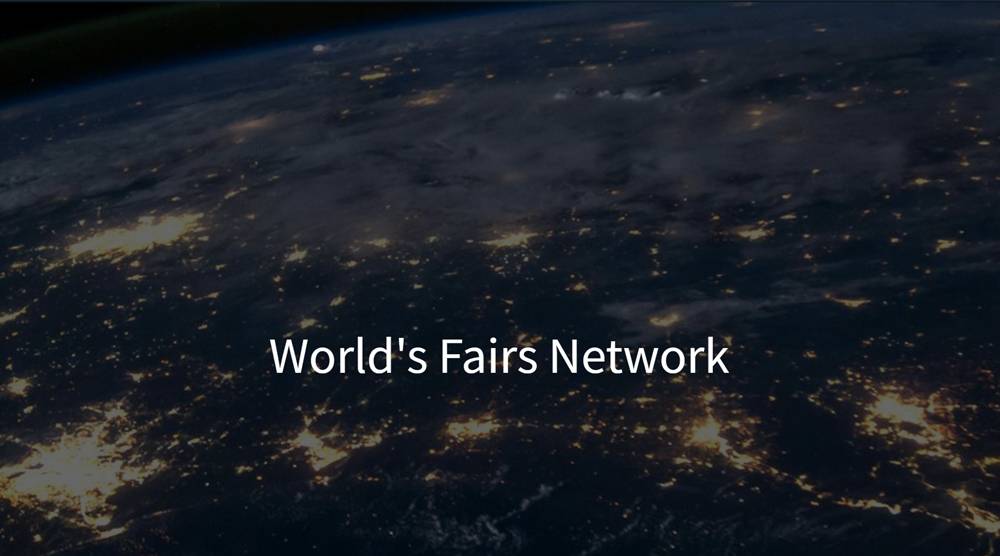News
June 11, 2025

By Alessandra Spreafico
Do you work with World's Fairs documentation and/or study? Whether you are a researcher, a library, a museum, or an amateur, we are looking for you to join our World's Fairs Network!
But why a network?
Every World’s Fair is a unicum, but each is characterized by the short time frame and, consequently, by the concept of ephemera. Ephemeral are the documents describing and guiding millions of visitors through the Fairs, as ephemeral are the astonishing architectures destroyed or dismantled after the end of the Exposition. There is a story to be told, documenting each structure's design, construction, and use.
World’s Fairs are the subject of many studies that recognize their relevance for expressing technological innovation, hegemony, and cultural and social exchange. Expositive phenomena have evolved over time, preserving a value of novelty in their cyclical repetition. Nevertheless, the phenomena themselves do not physically survive. The problem of preserving their memory arises, moving the attention from the expositive structures to the material documenting these structures.
Many primary sources are stored in public and private libraries and archives all around the world; identification of where archival materials related to World’s Fairs is challenging, and sometimes these places are difficult to access, or the material is fragile and difficult to handle, and most of all these documents cannot be physically collected in a single archive. Few projects and institutions are dedicated to the preservation and dissemination of archival materials, mainly accomplished by the initiatives of single or groups of libraries, museums, and publishing houses.
Let's join our efforts to gather all toghther the inititives related to World's Fairs in an interactive map!
See our World's Fair Network webpage to discover how the network works.

